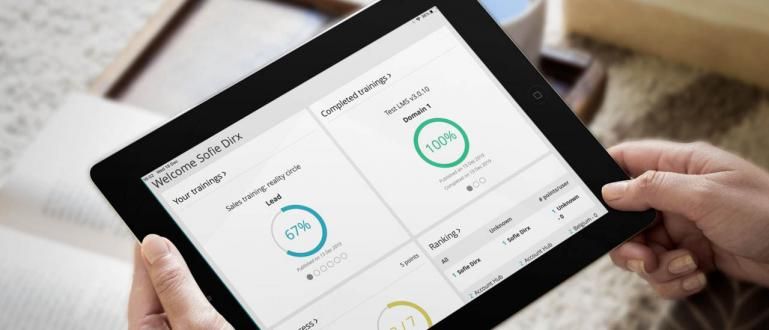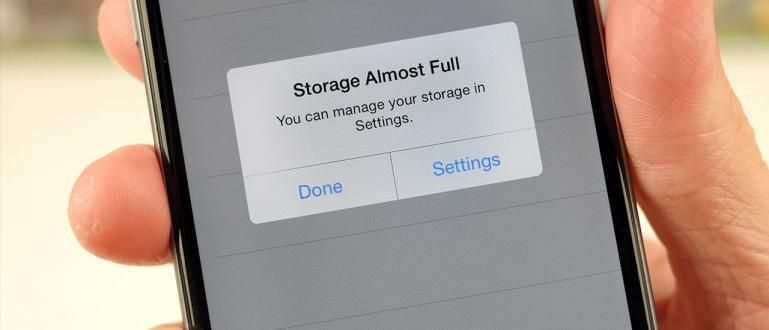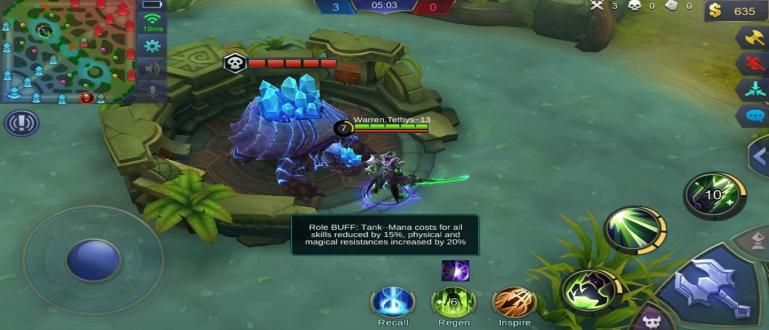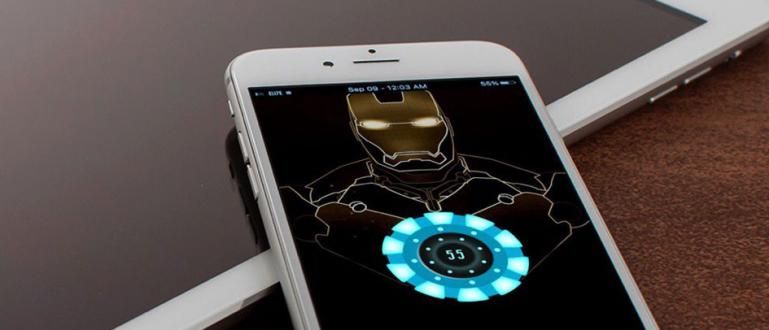Here's the difference between Sleep and Hibernate on Windows that you might have ignored all this time, it turns out to be useful for your PC guys. Read more!
When you want to turn off the PC, you will definitely see there are Sleep and Hibernate options. But what's the difference?
As the name implies, sleep and hibernate have the same function to make your PC 'sleep' without closing running applications. This feature is also used to save power when you are not using the PC temporarily.
Although these two options have the same goal, there are differences that you should know guys. Let's see Difference between Sleep and Hibernate on Windows PC, the following!
Difference between Sleep and Hibernate on PC
You can activate the Sleep and Hibernate features on your Windows via the options on the Power page. This option is next to Shut Down and Restart.
Sleep and Hibernate are similar, but in fact they are much different in terms of how they work. Here's a full explanation that you should know guys!
1. Sleep

First is Sleep, as Jaka mentioned earlier that this feature functions as a power saver for your PC. However, the way with save all your work in RAM.
This feature is the same as the 'Standby' but by turning off the monitor, so the electricity consumption used is much more efficient.
When you open the PC in Sleep state, your work will be active again in seconds and you can continue your work.
2. Hibernate

Unlike Sleep, Hibernate it saves your work on HDD or SSD. In this mode, Your PC won't take any power.
However, when you turn on the PC in Hibernate mode, your work will return with a longer time than Sleep. This is because your HDD or SSD must reread data, unlike RAM.
Well, for the duration of this reprocessed data, it depends on the type of HDD or SSD you are using. Of course, by using an SSD, the process of reading data will be faster.
This feature will be more useful if you use it on a laptop, compared to a PC. If you are a Windows 8 and 10 user, this Hibernate feature is not in the Power option automatically. default.
Which to Use, Sleep or Hibernate?
As the functions are the same between the two, you can use any of the features as needed. If you are a PC user then it is more suitable to use Sleep to save incoming electricity.
Temporary, on a laptop it is more suitable to use Hibernate to save battery power for longer use after restarting.
How to Hibernate on Windows 8 & 10
If you are using Windows 8 or 10, then Hibernate will not appear in the Power option on your PC. This does not mean that Hibernate does not exist, but that it is hidden.
You can bring up this option manually guys, it's easy. Let's see the following steps to bring up Hibernate on Windows 8 and 10:
- Open Control Panel on Windows, then select Hardware and Sound.

- On the next page, select 'Change what the power button do' in the Power Options column.

- Click on 'Change settings that are currently unavailable'.

- Hibernate option then you can tick and select 'save changes'.

- The Hibernate option has now appeared in Power on your Windows guys!

That's the difference between Sleep and Hibernate on a Windows PC that you've been ignoring guys. Although trivial, the functions of these two features can make your PC or laptop more effective in terms of power.
What do you think about these Sleep and Hibernate features guys, have you ever used them? Write your opinion in the comments column, see you in the next article!
Also read articles about PC or other interesting articles from Daniel Cahyadi.









